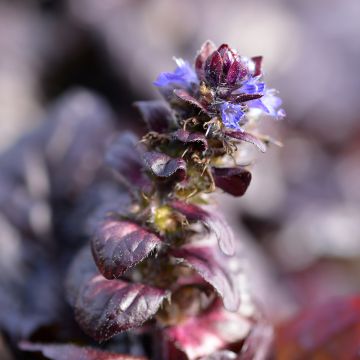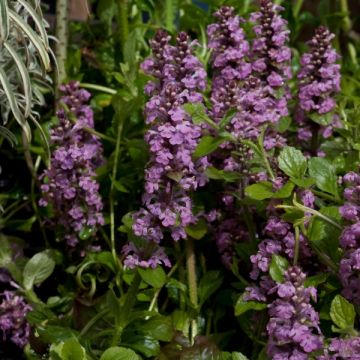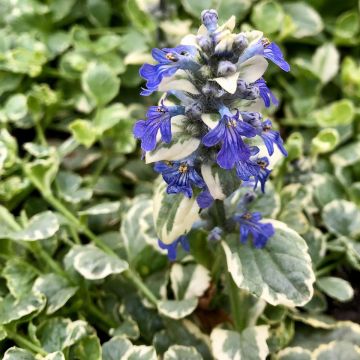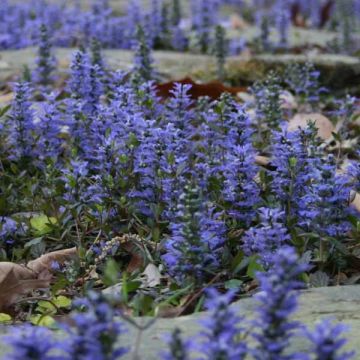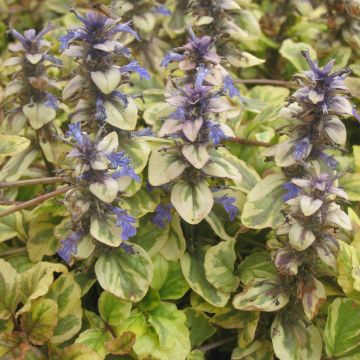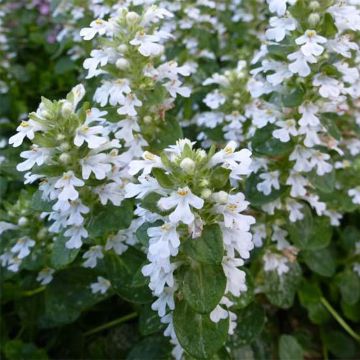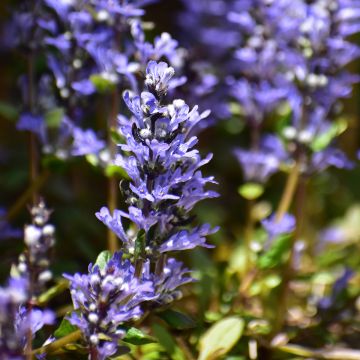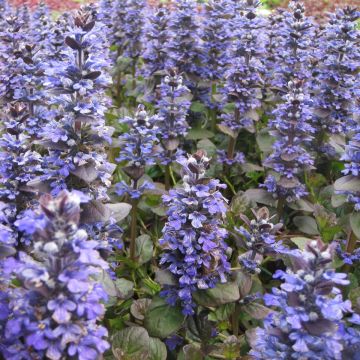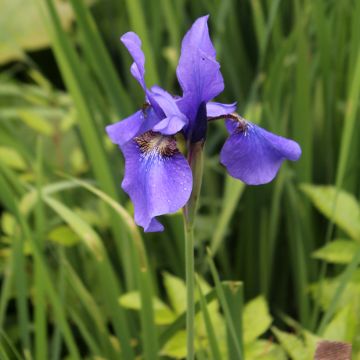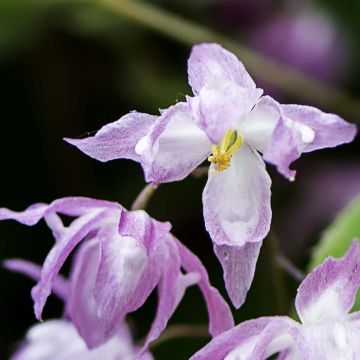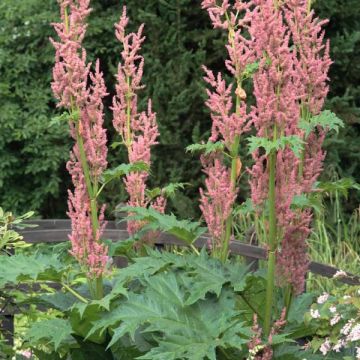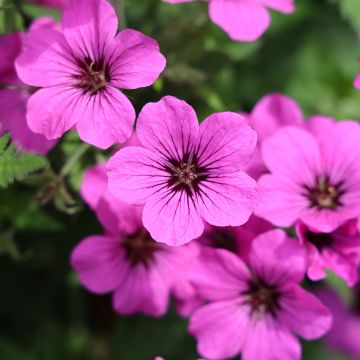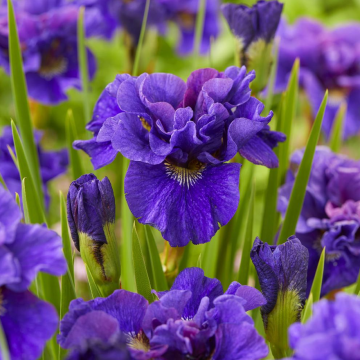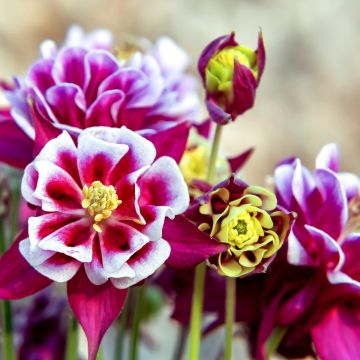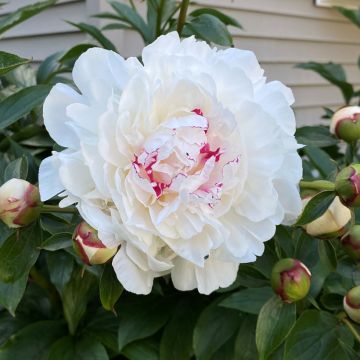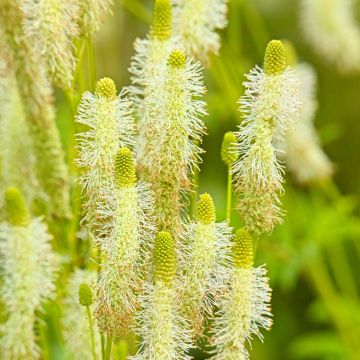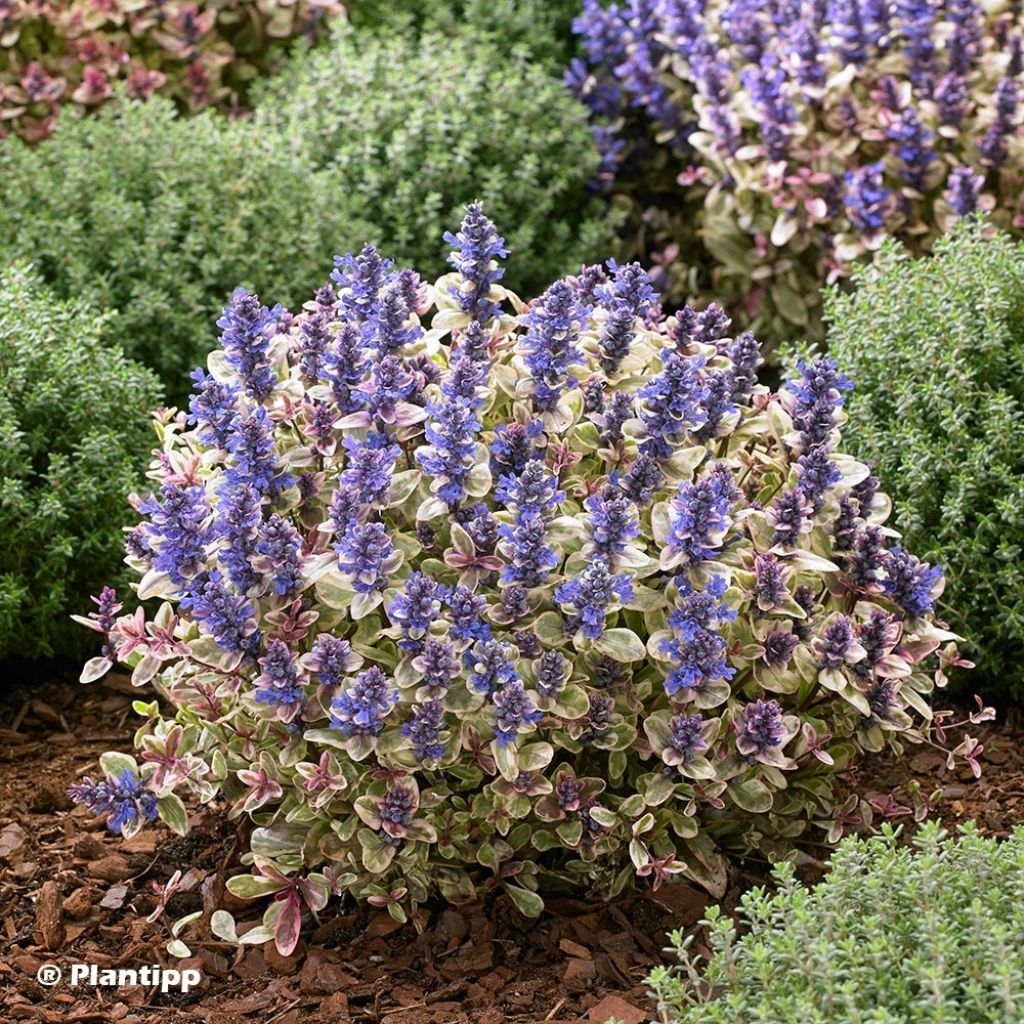

Ajuga x tenorii Princess Nadia
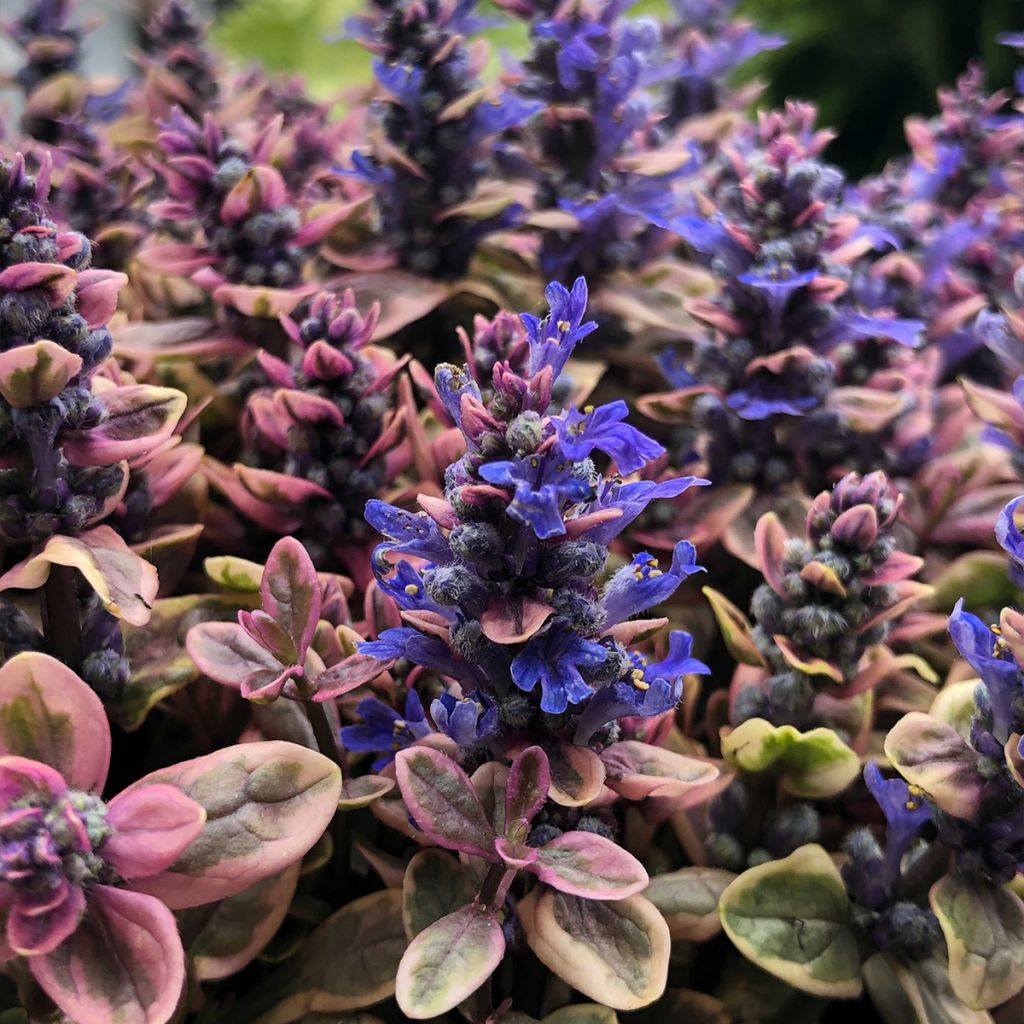

Ajuga x tenorii Princess Nadia
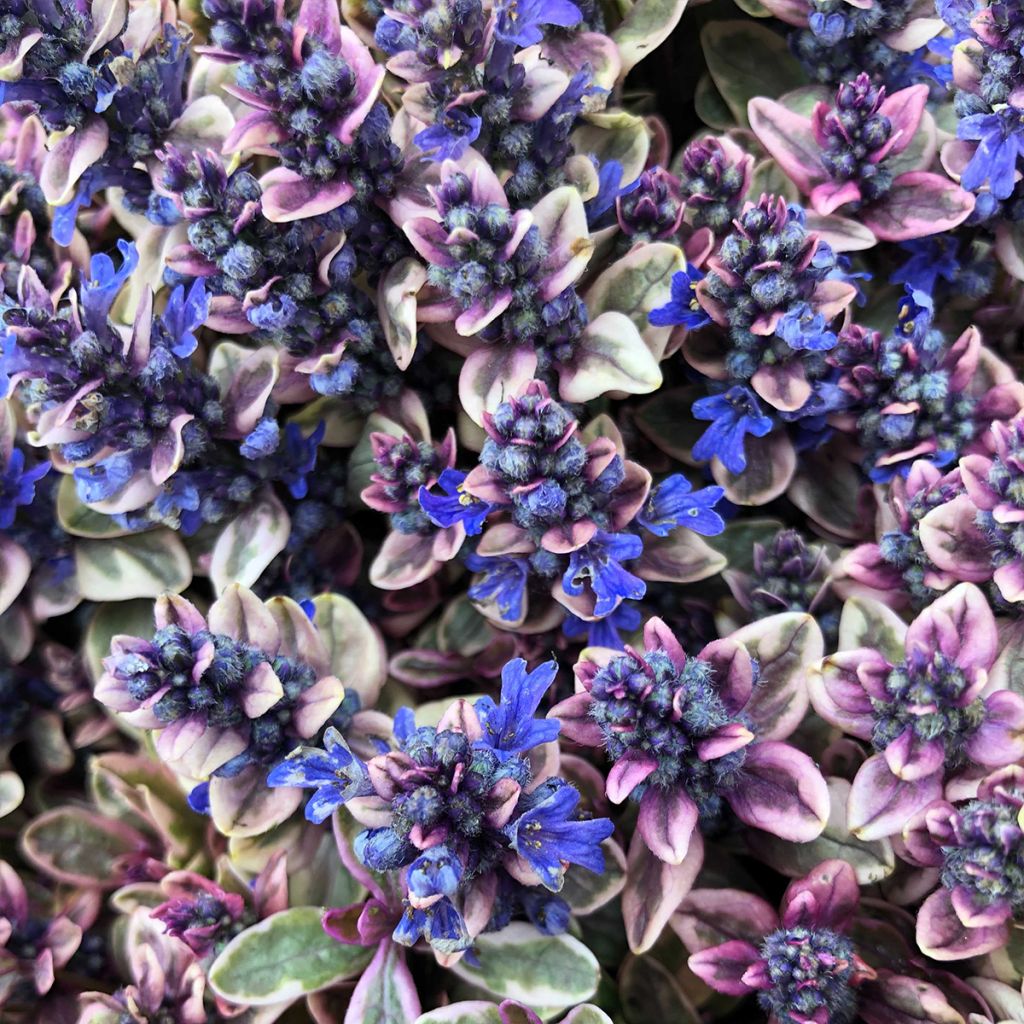

Ajuga x tenorii Princess Nadia
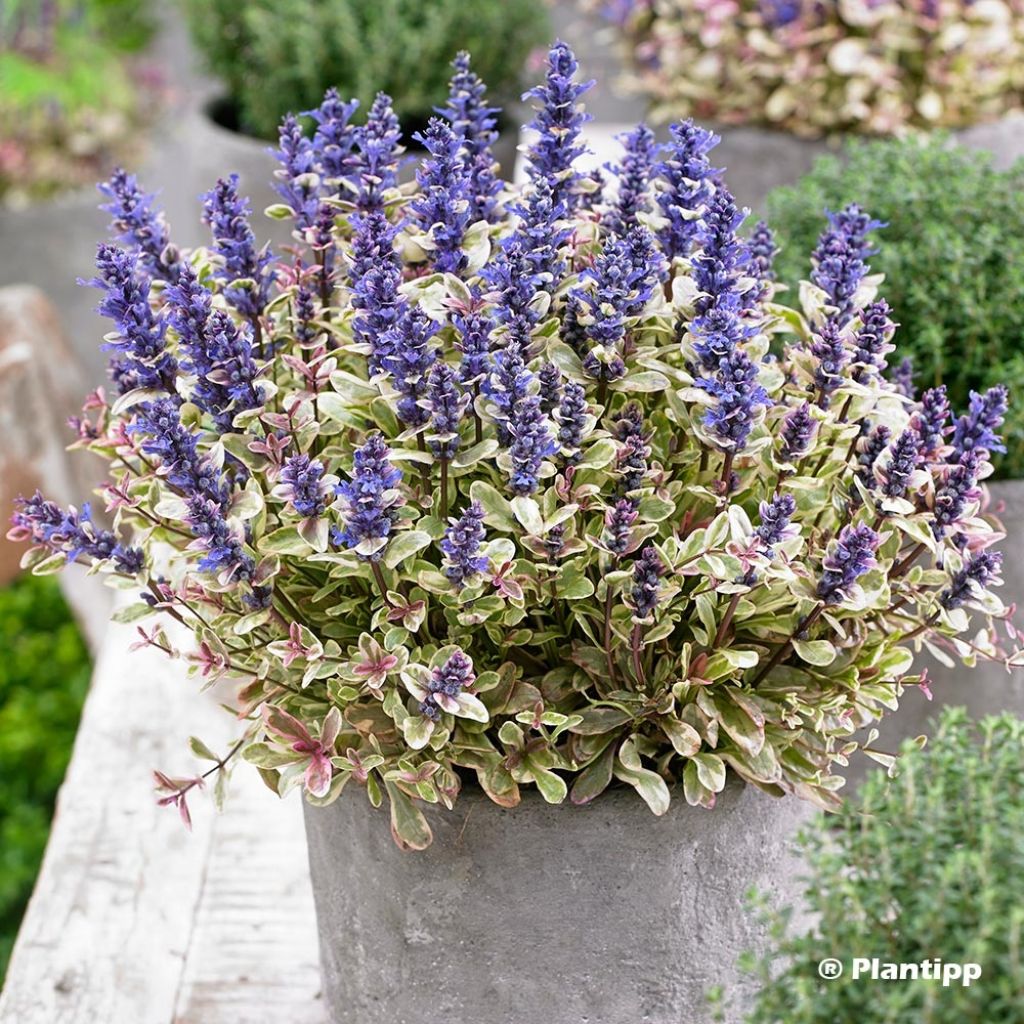

Ajuga x tenorii Princess Nadia
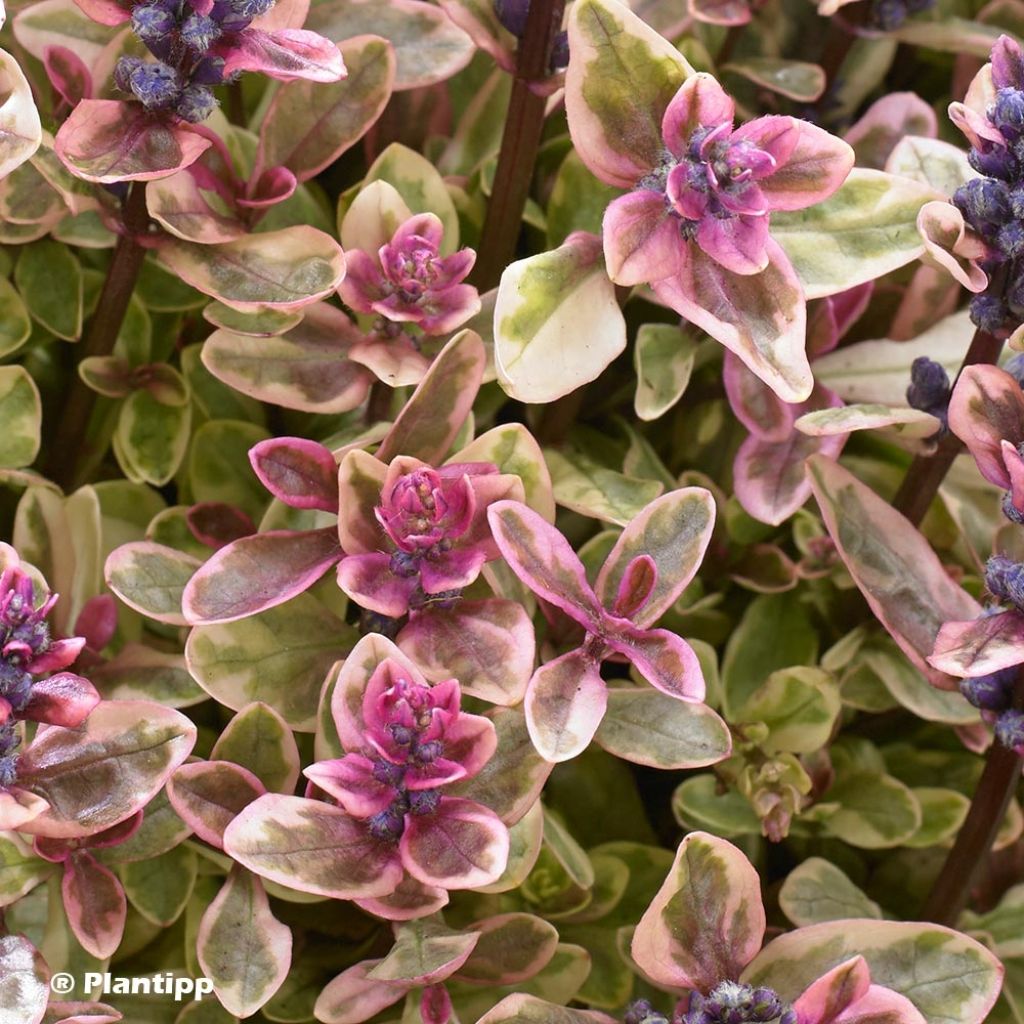

Ajuga x tenorii Princess Nadia
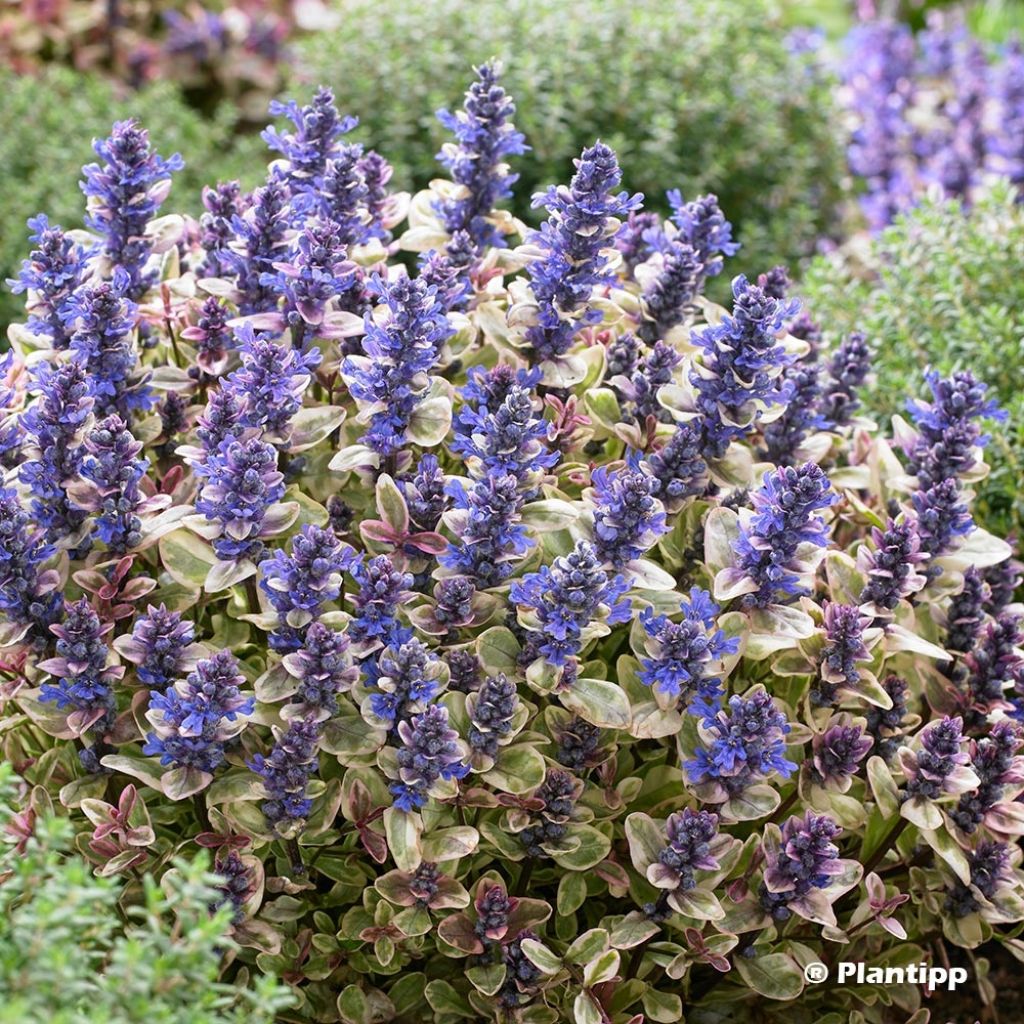

Ajuga x tenorii Princess Nadia
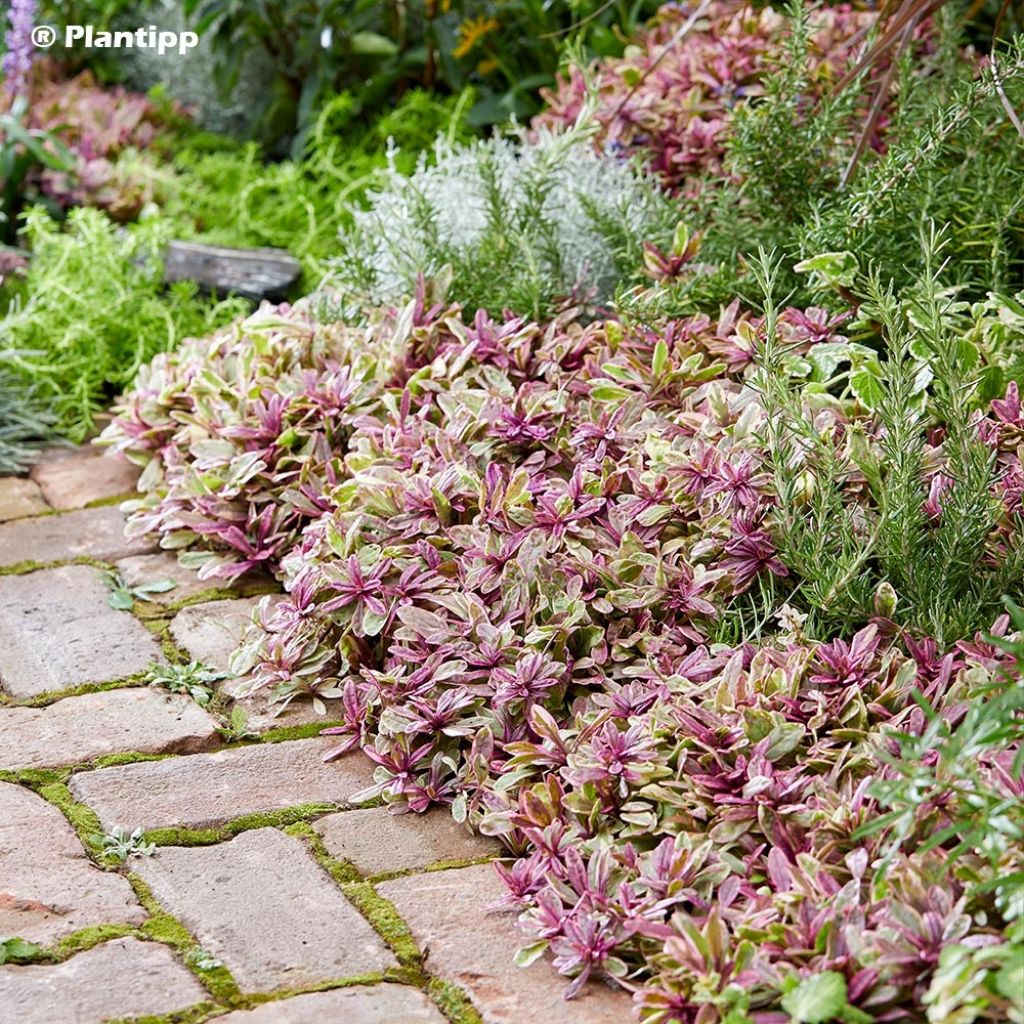

Ajuga x tenorii Princess Nadia
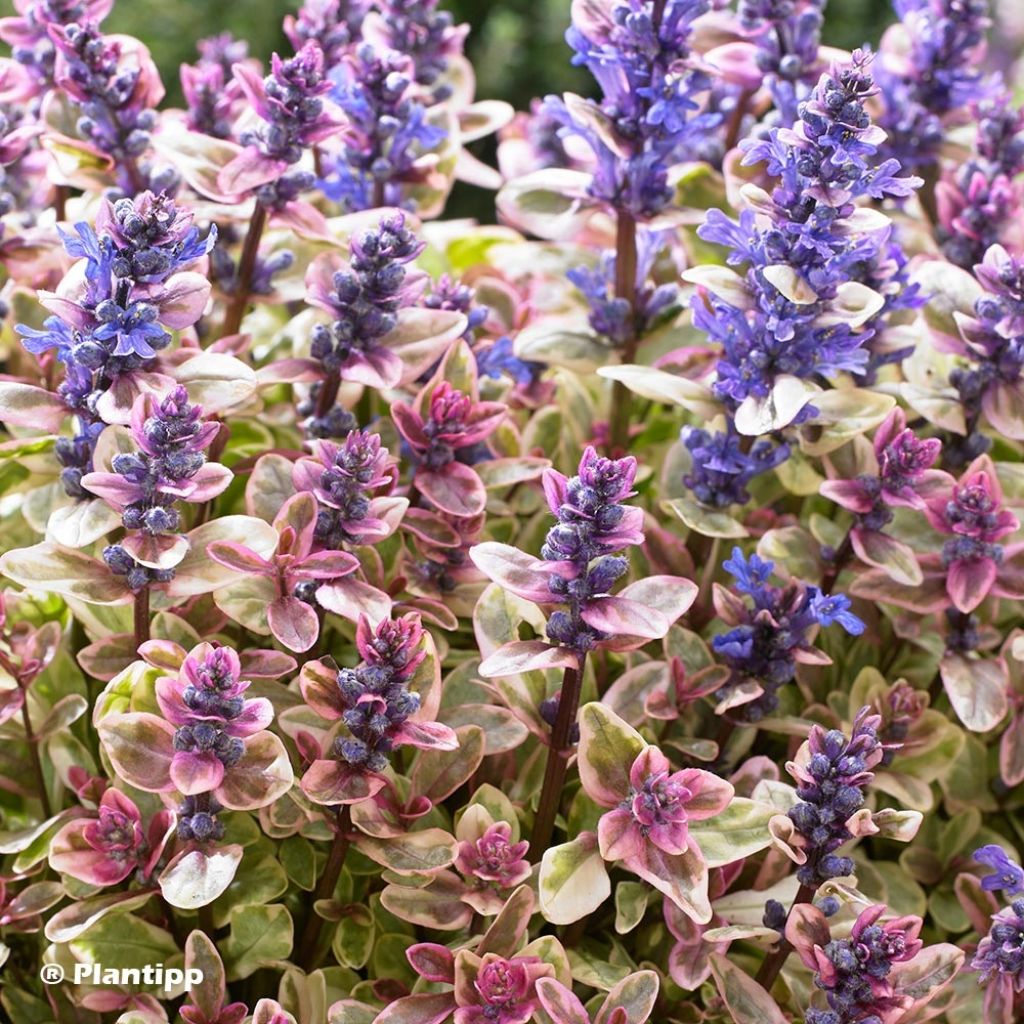

Ajuga x tenorii Princess Nadia
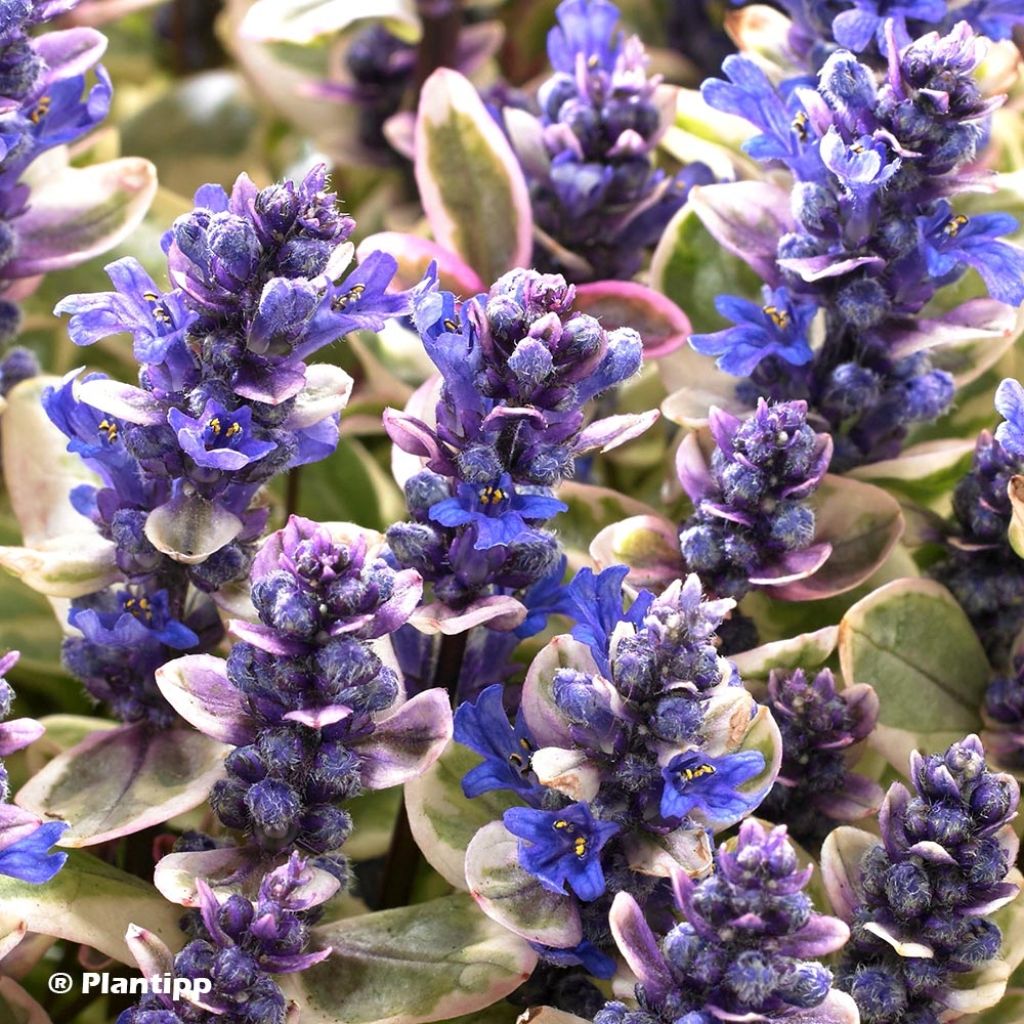

Ajuga x tenorii Princess Nadia
Ajuga x tenorii Princess Nadia
Ajuga x reptans Princess Nadia
Bugle, Carpet bugle, Carpenter's herb, Creeping Bugle
This item cannot be shipped to the selected country
Delivery charge from €5.90
Delivery charge from €5.90
More information
Schedule delivery date,
and select date in basket
This plant carries a 12 months recovery warranty
More information
We guarantee the quality of our plants for a full growing cycle, and will replace at our expense any plant that fails to recover under normal climatic and planting conditions.
From €5.90 for pickup delivery and €6.90 for home delivery
Express home delivery from €8.90.
From €5.90 for pickup delivery and €6.90 for home delivery
Express home delivery from €8.90.
Does this plant fit my garden?
Set up your Plantfit profile →
Description
Original and charming, Ajuga tenorii 'Princess Nadia' is a brand new variety of creeping bugle offering a superb combination of colours. Its vegetation is very compact, its foliage is multi-coloured and changing, and its generous spring flowers, of a very bright royal blue hade, bloom again in late summer. This perennial forms spreading clumps composed of numerous small variegated narrow leaves, which remain decorative in winter. Perfect in slightly wild areas of the garden, but also in pots and containers, this bugle is best grown in shade, partial shade, or gentle sun, in soil that remains moist. A lovely plant that requires no maintenance!
The 'Princess Nadia' bugle, derived from the lovely hybrid variety 'Chocolate Chip', received a Plantarium Award in 2019. This perennial plant belongs to the Lamiaceae family. It has slower growth than its relative, Ajuga reptans, and is never invasive. It is a compact and colourful variety that forms clumps of flowering stems, 20 cm (8in) high. Plants are composed of small leaves that are very different from more common varieties. They are oval and elongated, shiny, and variegated. The plant produces weakly stoloniferous stems that root themselves, allowing it to eventually form a cushion about 40cm (16in) in diameter. Its young spring leaves are purplish-cream with edges of scarlet pink, then gradually turn almond green bordered with white-cream. This colouring is retained by the foliage during the coldest months. From May-June, short spikes composed of small flowers of intense blue appear just above the foliage at the tip of each stem. They bloom for over a month. This variety often produces a few flower spikes in September.
The Ajuga x tenorii 'Princess Nadia' is planted along borders of beds or paths, between stones in fresh rockeries, in flower beds, or even in pots and containers to adorn the balcony or terrace. Its beautiful colours blend beautifully with the grey of santolines and lavenders, for example, but also with purple foliage (Berberis thunbergii Atropurpurea Nana, Physocarpus Little Devil...). Bugles are among the best creeping plants; they are perfect for dressing the base of trees and bushes, in pots or shady beds in association with spring bulbs, Lamium, and fairy flowers (Epimedium). In fresh rockeries, they can be planted next to Acaena 'Blue Haze' or buchananii, Azorella trifurcata 'Nana', lady's mantle, and saxifrages.
Report an error about the product description
Ajuga x tenorii Princess Nadia in pictures
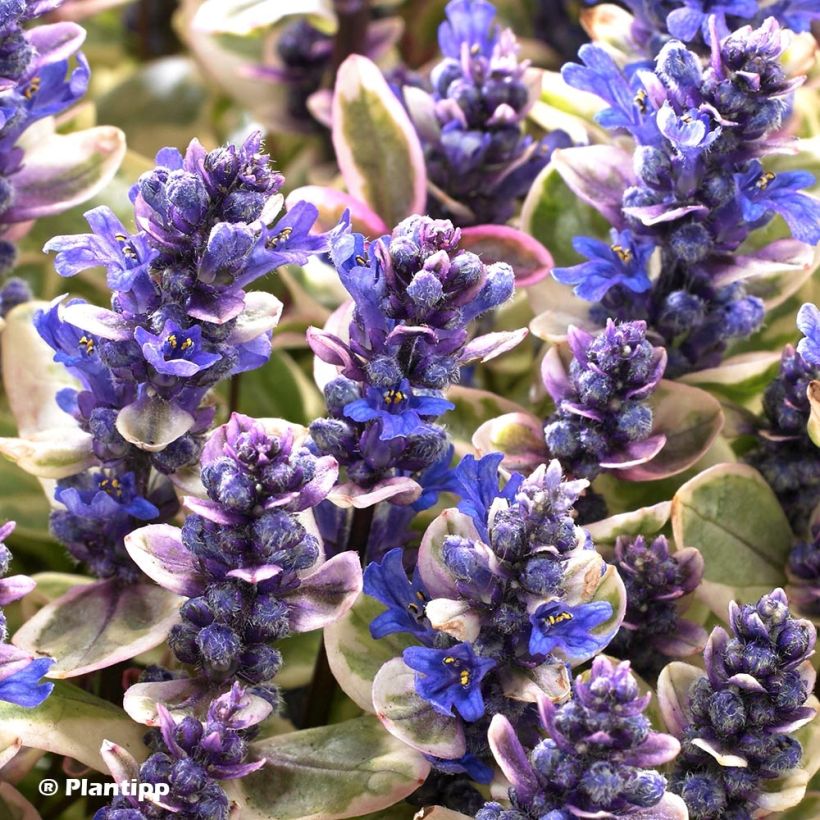

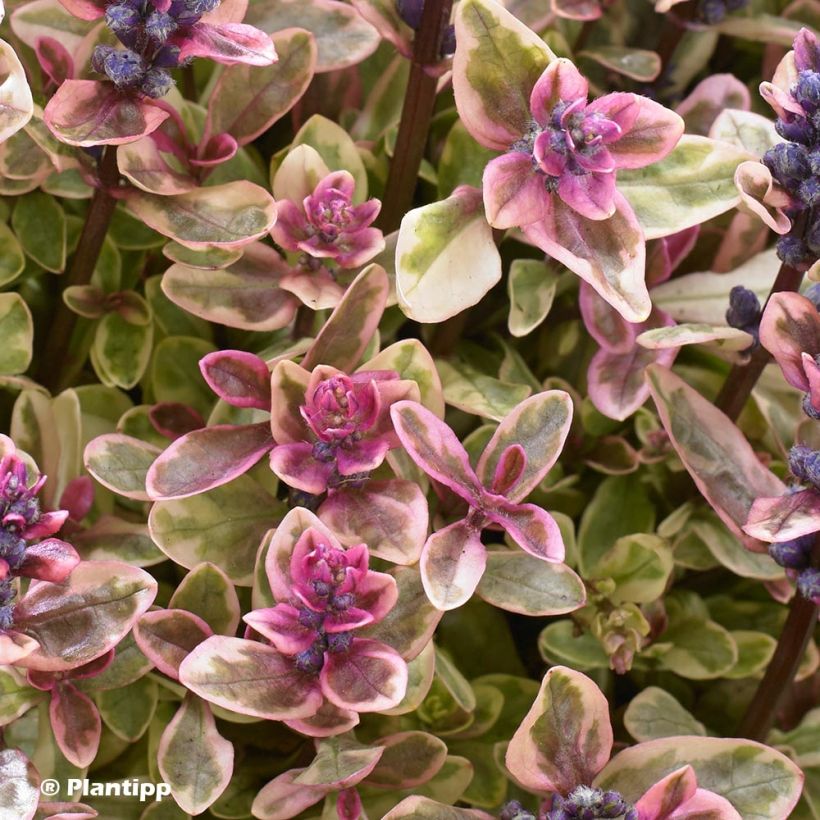

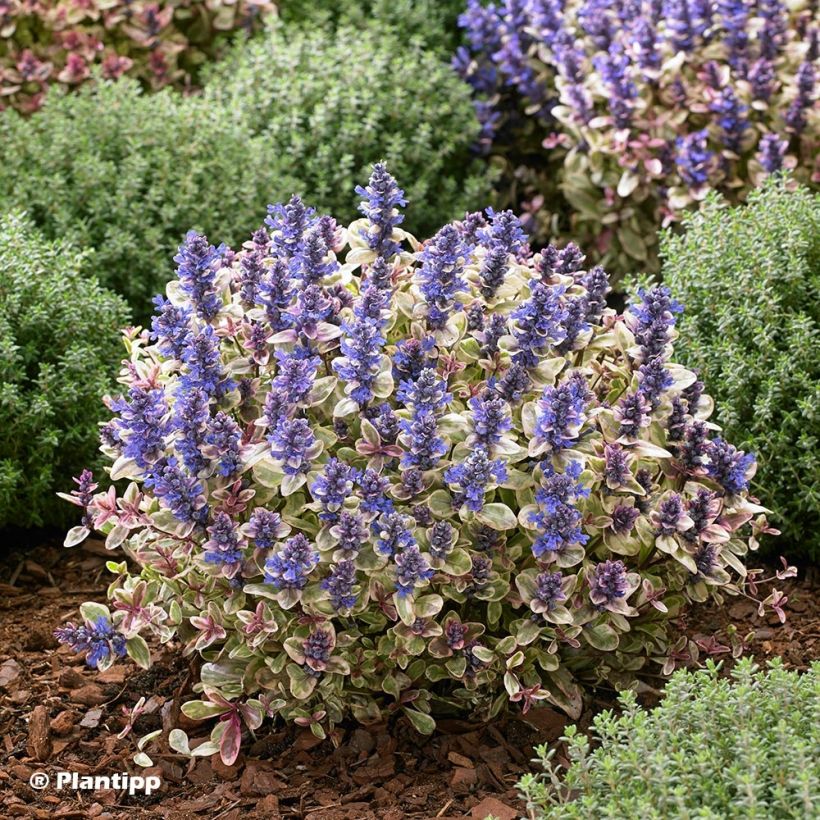

Flowering
Foliage
Plant habit
Botanical data
Ajuga
x reptans
Princess Nadia
Lamiaceae
Bugle, Carpet bugle, Carpenter's herb, Creeping Bugle
Cultivar or hybrid
Other Ajuga
Planting and care
Ajuga tenorii 'Princess Nadia' does not tolerate prolonged drought well. It prefers shade or partial shade in a soil rich in humus, even clay. It can be planted throughout the year in shaded areas and in moist soil. It is very easy to cultivate and can tolerate any type of soil, from the poorest to the richest. Beware of slugs! Remove faded flowers by mowing in summer, this will increase the density of the plants and prevent it from thinning out in the centre. You can limit its spread by removing excess runners at the end of winter or in autumn, but this variety is very well-behaved and spreads very little on the ground.
Planting period
Intended location
Care
-
, onOrder confirmed
Reply from on Promesse de fleurs
Spring flowering perennials
Haven't found what you were looking for?
Hardiness is the lowest winter temperature a plant can endure without suffering serious damage or even dying. However, hardiness is affected by location (a sheltered area, such as a patio), protection (winter cover) and soil type (hardiness is improved by well-drained soil).

Photo Sharing Terms & Conditions
In order to encourage gardeners to interact and share their experiences, Promesse de fleurs offers various media enabling content to be uploaded onto its Site - in particular via the ‘Photo sharing’ module.
The User agrees to refrain from:
- Posting any content that is illegal, prejudicial, insulting, racist, inciteful to hatred, revisionist, contrary to public decency, that infringes on privacy or on the privacy rights of third parties, in particular the publicity rights of persons and goods, intellectual property rights, or the right to privacy.
- Submitting content on behalf of a third party;
- Impersonate the identity of a third party and/or publish any personal information about a third party;
In general, the User undertakes to refrain from any unethical behaviour.
All Content (in particular text, comments, files, images, photos, videos, creative works, etc.), which may be subject to property or intellectual property rights, image or other private rights, shall remain the property of the User, subject to the limited rights granted by the terms of the licence granted by Promesse de fleurs as stated below. Users are at liberty to publish or not to publish such Content on the Site, notably via the ‘Photo Sharing’ facility, and accept that this Content shall be made public and freely accessible, notably on the Internet.
Users further acknowledge, undertake to have ,and guarantee that they hold all necessary rights and permissions to publish such material on the Site, in particular with regard to the legislation in force pertaining to any privacy, property, intellectual property, image, or contractual rights, or rights of any other nature. By publishing such Content on the Site, Users acknowledge accepting full liability as publishers of the Content within the meaning of the law, and grant Promesse de fleurs, free of charge, an inclusive, worldwide licence for the said Content for the entire duration of its publication, including all reproduction, representation, up/downloading, displaying, performing, transmission, and storage rights.
Users also grant permission for their name to be linked to the Content and accept that this link may not always be made available.
By engaging in posting material, Users consent to their Content becoming automatically accessible on the Internet, in particular on other sites and/or blogs and/or web pages of the Promesse de fleurs site, including in particular social pages and the Promesse de fleurs catalogue.
Users may secure the removal of entrusted content free of charge by issuing a simple request via our contact form.
The flowering period indicated on our website applies to countries and regions located in USDA zone 8 (France, the United Kingdom, Ireland, the Netherlands, etc.)
It will vary according to where you live:
- In zones 9 to 10 (Italy, Spain, Greece, etc.), flowering will occur about 2 to 4 weeks earlier.
- In zones 6 to 7 (Germany, Poland, Slovenia, and lower mountainous regions), flowering will be delayed by 2 to 3 weeks.
- In zone 5 (Central Europe, Scandinavia), blooming will be delayed by 3 to 5 weeks.
In temperate climates, pruning of spring-flowering shrubs (forsythia, spireas, etc.) should be done just after flowering.
Pruning of summer-flowering shrubs (Indian Lilac, Perovskia, etc.) can be done in winter or spring.
In cold regions as well as with frost-sensitive plants, avoid pruning too early when severe frosts may still occur.
The planting period indicated on our website applies to countries and regions located in USDA zone 8 (France, United Kingdom, Ireland, Netherlands).
It will vary according to where you live:
- In Mediterranean zones (Marseille, Madrid, Milan, etc.), autumn and winter are the best planting periods.
- In continental zones (Strasbourg, Munich, Vienna, etc.), delay planting by 2 to 3 weeks in spring and bring it forward by 2 to 4 weeks in autumn.
- In mountainous regions (the Alps, Pyrenees, Carpathians, etc.), it is best to plant in late spring (May-June) or late summer (August-September).
The harvesting period indicated on our website applies to countries and regions in USDA zone 8 (France, England, Ireland, the Netherlands).
In colder areas (Scandinavia, Poland, Austria...) fruit and vegetable harvests are likely to be delayed by 3-4 weeks.
In warmer areas (Italy, Spain, Greece, etc.), harvesting will probably take place earlier, depending on weather conditions.
The sowing periods indicated on our website apply to countries and regions within USDA Zone 8 (France, UK, Ireland, Netherlands).
In colder areas (Scandinavia, Poland, Austria...), delay any outdoor sowing by 3-4 weeks, or sow under glass.
In warmer climes (Italy, Spain, Greece, etc.), bring outdoor sowing forward by a few weeks.

































